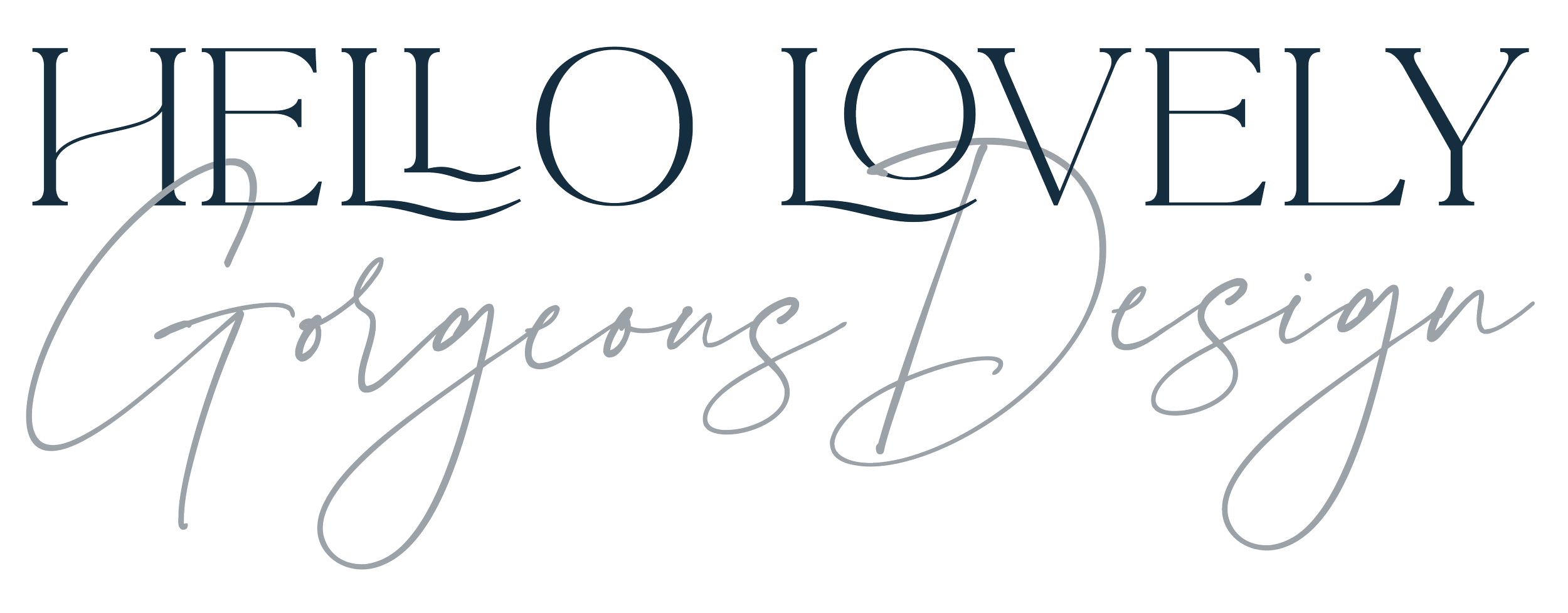Building trust with design consistency
Around the world, business and their clients are adjusting to the changes on social media after Elon Musk took over Twitter. The impact of this change to users is indicative of the importance of online media in our lives and why brand consistency matters.
Brand consistency is about making sure your values, ideas, and identity are showcased in a uniform way so that they are clear. This makes our brand easily recognisable to clients which helps them to engage with your business. They visually know that it’s you and nobody else which creates trust. Just as we recognise faces, we also see familiarity in logos and their attributes.
At Indie Cambridge’s September design workshop I explained how design can build trust. Here’s some stats on the business value of design.
How can you create trust and awareness?
Develop a social media brand style guide to define your brand’s visual identity. It functions as a reference for your staff and any third parties such as external designers or social media managers to represent the brand in a consistent way. At the very least, your guidelines should give recommendations on your logo, colour palette, font(s), and icons. It can be developed to include guidelines on how to design and format your branded social media images and videos, tone of voice and templates. Taking the time to develop style rules, if used routinely, can help you increase visual recognition and awareness through social media platforms. If you have a logo and no branding, then you can ask a branding designer to help you. In 2017, It’s Nice That Is covered The Guardian’s latest design guidelines, it’s a brilliant analysis of a strong visual brand in a competitive area.
A policy on what to post can create inclusion guidelines. It can actually encourage your team to be more involved with social media. When there are clear guidelines that eliminate confusion as to what an employee can or cannot do on social, they will feel able to participate and respond. The BBC Academy has an extensive set of guidelines to enable staff.
Sharing good quality visuals saves time. A visuals library, where all your social media content creators can easily find approved assets, is another way to maintain brand consistency. It can be a secure folder on Google or Dropbox or held in Canva and could include the different versions of the company logo, icons, images, graphics, videos, and any other asset that can be used on on websites and social. A visuals library saves time when repurposing content and you can give appropriate access to the right teams. Pinterest’s visual assets are clear and enable anyone to link to them.
Design consistency is a way of sharing core values, and easily communicating them to your audience. One of the best ways to communicate your mission is actively posting about them. Post about a goal or an award on your feed, make a story, tag the individuals or groups involved. Your aim is to show how serious you are about values and goals. Toms is an example of a brand whose values are so important, they are placed alongside the product in all their messaging.
It can set the tone of voice. Staff leave, you may change social media companies. Having a brand voice gives you a unique style. By being consistent, nobody knows any different. Yorkshire Tea have done this very well. Humour is risky but I’ll bet their tone of voice is well researched. It should not matter who is creating or writing the content, your audience should be able to hear the same “person” speaking at all times.
You may have to create content quickly to provide your followers with relevant updates. This can lead to brand inconsistencies if you rush to create something from scratch each time or use dated material. Templates solve this. If these templates are well-designed and backed up with branding guidance, you could even stream time your content approval process.
And you could improve the workflow. A content approval process is a great idea and you may already have one but it could be complex with many stakeholders. You can include their expertise in the guidelines document which empowers content creators. I advise that your next step is to have one or two team members reviewing social media posts before they go live for a consistency check.
Once created, you can then plan out when to post. Having a consistent schedule will allow your audience to know when and what type of content to expect from your brand, which is another way to help foster brand trust and brand recognition. Hubspot, Adobe Express, Content Cal are just three examples of software with scheduling capabilities.
Takeaway
Remember that your social media guidelines are a living document that should be revisited every year and updated accordingly or sooner if social media platforms change their policies.

